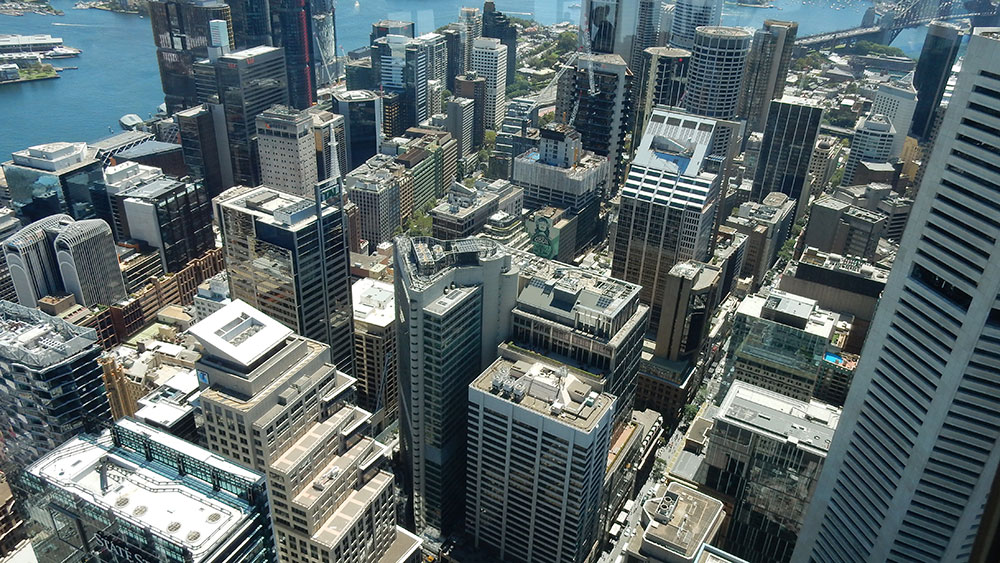GIBRALTAR
Today, we sailed into the Gibraltar. The sea was calm and the weather conditions clear and sunny, with hardly any clouds in the sky at all, so after three days at sea, the top deck was thronged with passengers happy to see land.

We arrived at 12 noon, and both Tracey and I were on tour, with instructions to meet on the quayside at 12:30pm. Fortunately, to compensate for the arrival time, lunch was being served from 11am. Since we hadn’t poled up to breakfast until 10am, all we had was a swift pork roll and a cup of tea before heading ashore armed with the CMV rucksacks and numbered paddles that had ben delivered to our cabin the night before.
Our tour today was ‘The Upper Rock Walking Tour’, which we escorted the last time we were here on the Magellan, last year, and enjoyed very much, so were happy to escort again.
From the quayside, a minibus, capable of carrying only a maximum number of 22 passengers, took us through the town to the cable car station. From here, the cable car took us up to the top of the Rock, where a viewing platform provides extensive views in all directions. To the North is mainland Spain, to the South are the Straits of Gibraltar, beyond which you can clearly see Tangiers and the Atlas Mountains in Morocco, Northern Africa. To the East is the Meditterranean Sea and to the West is the Atlantic Ocean, all of which explains why the Rock of Gibraltar is of strategic significance.

Then there are the apes, of course. Our guide gave us plenty of warnings, and many signs around the cable car station backed those warnings up; don’t feed them, don’t touch them, don’t make eye contact, and if they make a grab for your bags, let them take them – don’t pull back or you’ll have a fight on your hands.

There are roughly 300 apes on the Rock of Gibraltar, who live in about 6 different troups dotted around the small peninsula. Naturally, they are totally accustomed to tourists, and know exactly how to open zipped rucksacks in search of food. Not that they need food; there is plenty for them to eat in the wild, although food is put out for them in order to keep them in roughly the same locations, and to discourage them from going into the town below.
From the observation platform, we walked along good paths and roads, past more apes, to St Michael’s Cave, which is just one small part of a huge cave system stretching throughout the Rock, the moorish name for it being Monte Calpe (I think), which literally means ‘hollow mountain’.
St Michael’s Cave is massive. It is illuminated by many floodlights that keep changing colour, and the accoustics make it perfect for the military band concerts which are occasionally held there. During World War two, it was used as a hospital, and unfortunately, because of that, many of the stalagmites and stalagtites in the main chamber were damaged. There are still lots of other features to see, though, and the cave is well worth the visit.

Once we had emerged back out into the open, we reboarded the minibus, which took us to the North side of the Rock, to visit our last stop of the tour; the Great Siege Tunnels.
These are tunnels that were manually hollowed out by pickaxes and gunpowder during the great siege of Gibraltar, when the Spanish thought they might be able to conquer it and take it back while our attention was focused on military matters elsewhere (that would be the America Civil War, I believe).
In order to successfully defend the Rock, it was decided that a tunnel should be dug through the rock, to enable them to position a gun right on a flat plinth of land overlooking the border with Spain, where enemy troops could lurk out of sight below the curve of the mighty rock face. As the tunnel grew, however, so the plan developed into something quite different. As they knocked holes through to the outside for ventilation, they realised that these were also ideal places to position large cannons, turning the Rock of Gibraltar into an almost impregnable fortress.
The walk up to the tunnels from the place where the minibus dropped us off was quite a trek. The tunnels themselves were also quite a long walk, generally downwards, which then had to be retraced all the way back, up and then back down to the minibus. At the entrance to the tunnels, there is a platform that enabled us to look down upon the runway of Gilbraltar airport, which runs at a ninety-degree angle to the road entering from Spain. This means the whole road has to be closed off when a plane comes in, and the runway, positioned as it is, and short as it is (with sea at both ends) is reputed to be the 6th most dangerous runway in the World. As we stood, a British Airways jet landed and made to look easy, but then conditions were not challenging today.
Finally, we arrived back at the cruise terminal, having dropped a few people off in town, at just before 5pm. This left us with lots of time to make use of the phone data signal to catch up on internet-related tasks (I uploaded three blog posts… you may have noticed).

In the evening, we enjoyed a relaxing dinner with Louise and Neil Bonner in the Bistro. We were joined by Ian later on, and then moved outside and joined Graham, the creative writing tutor and his wife, chinwagging until the ship left port, at around 9pm, which is also when the outside temperature started to drop and it was time to retire indoors.
A fun day indeed!
Also… the clocks go back again tonight, so we finally get our hour back…



